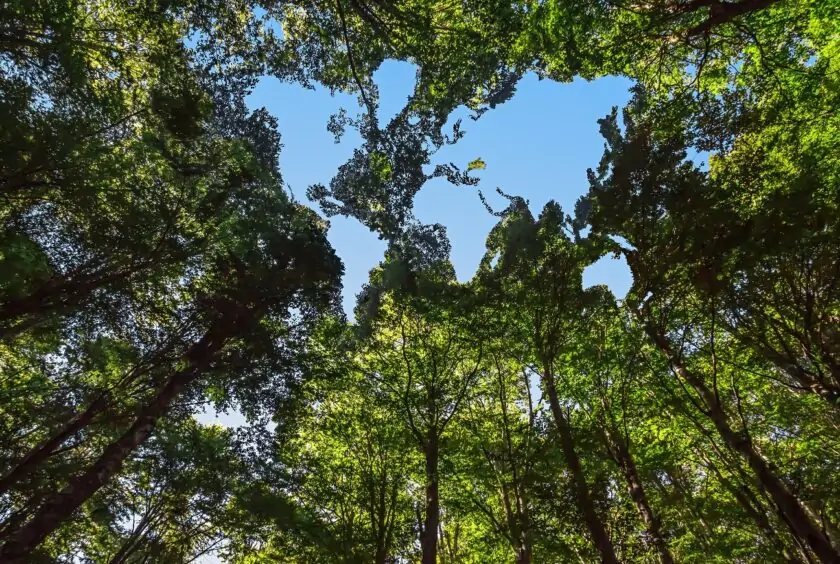Our Journey Towards Net Zero

In 2024, Green Rhino is committing to a carbon reduction plan and ultimately net zero. In this blog, we’ll record our progress in implementing this plan, the challenges and costs. We hope that other companies may find it useful in considering and implementing a carbon reduction plan of their own.
Start of the Journey
Why do this?
We are in the midst of a climate emergency. Global air and water temperatures are increasing leading to extreme weather conditions, a rising sea level, habitat change and biodiversity loss. Further consequences for humanity include resource scarcity, mass migration and (even more) geopolitical instability.
As a company, sustainability has been a core focus for several years and we’ve made great strides in waste reduction and recyclable packaging. In 2024 we are going one step further and committing to a Carbon Reduction Plan.
First, let’s establish the difference between Net Zero and Carbon Reduction.
Net Zero vs Carbon Reduction?
Carbon reduction refers to the process of reducing the greenhouse gas emissions, primarily carbon dioxide, that we as organisations and individuals are directly or indirectly responsible for.
Net Zero takes this a step further and requires actions that remove carbon from the atmosphere, such as planting trees, in order to offset the level of emissions that remain after carbon reduction activities.
What is a Carbon Reduction Plan?
Only by benchmarking our carbon footprint can we develop strategies for reducing it and understand the level of offsetting activities required to achieve net zero.
Essentially, a carbon reduction plan involves assessing your direct and indirect carbon emissions and setting science-based targets for reduction.
For the purpose of assessment, emissions are broken down into three ‘scopes’:
- Scope 1 emissions: These are the emissions we are directly responsible for. These include our energy usage and emissions from company-owned vehicles.
- Scope 2 emissions: These are indirect emissions from the generation of the energy we purchase.
- Scope 3 emissions: These are indirect emissions from sources not owned or directly controlled by the company. They include emissions from our supply chain, employee commuting, business travel and waste disposal.
A key aspect of a carbon reduction plan is setting science-based targets (SBTs). These are quantifiable targets that detail how much and how quickly we reduce our emissions. This needs to be in line with the scale of reductions set out by the Paris Agreement which came into force on 4th November 2016.
Essentially, the goal of the Paris Agreement is to limit global warming to 1.5°C above pre-industrial levels by the end of this century. To achieve this, greenhouse gas emissions must peak before 2025 at the latest and decline 43% by 2030.
Supply Chain Pressures
There is a commercial reason to consider a carbon reduction plan. Put simply, many big companies and public sector organisations are increasingly making it a requirement for suppliers to demonstrate how they are delivering on carbon reduction and sustainability.
If you deal with the public sector, refer to Public Procurement Note 06/21 issued by the UK Government. This encourages public sector organizations to leverage their purchasing power to drive environmental improvements throughout the supply chain, thus contributing to broader carbon reduction efforts.
What next?
In summary, a successful carbon reduction strategy involves benchmarking your emissions, setting science-based targets and then implementing your carbon reduction measures.
Unsurprisingly, this would be difficult to achieve without the help of third party consultants who have access to benchmarking data and an established process.
The next stage for Green Rhino is to engage with and select a consultancy. Look out for our next blog post.
